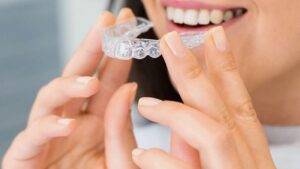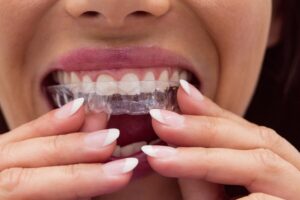Sedation dentistry helps anxious patients and those who find sitting through extended treatments challenging. Dental sedation techniques with nitrous oxide let dentists calm patients and make dental time flow faster.
Your dentist will advise you not to bite foods near your dental filling for the first 24 hours after having a cavity treatment. Your dentist will give you immediate care instructions about eating after filling your cavity during teeth repair.
You must be thinking, When can I eat after dental sedation filling? Well! Each sedation patient must know when to safely resume regular eating after a treatment. As your local anesthesia wears off, you can start eating again with nitrous oxide sedation.
What is Sedation Dentistry?
Sedation dentistry will keep you relaxed and at ease during dental treatments. It’s a sedation method that will help you stay awake and alert but feel extremely relaxed. The procedure creates a specific state of amnesia where you experience discomfort relief but stay awake partly without the loss of consciousness; that is why it’s called both conscious sedation dentistry and “twilight sleep.”
Who Needs Sedation Dentistry?
Sedation dentistry works well for all members of any age group, including young children. Dentists often prefer this option for those people having the following problems:
- Dental anxiety.
- People fear visiting their dentist appointments.
- Somersault-like reactions when you swallow or touch your throat.
- People experience aichmophobia, i.e., needle phobia, as their specific worry.
- Extreme teeth sensitivity.
- Claustrophobia—feeling trapped by the dental chair during treatment.
- Minimized sensitivity to local anesthesia.
- Hard time handling body movement.
- Patients having physical or mental differences.
Types of Sedation Used in Dentistry
The level of sedation in dentistry depends on the patient’s health situation. The most common kinds of sedation dentistry are:
Nitrous oxide
People know nitrous oxide by its informal name, “laughing gas.” You breathe nitrous oxide through a mask or nosepiece to feel relaxed within a few minutes of starting. Your dentist regulates how much sedative medicine you get and makes changes based on your treatment needs. When treatment ends, your dentist administers pure oxygen to remove nitrous oxide from your body. The nitrous oxide clears out of your system fast enough that you can drive yourself home after your appointment.
Oral conscious sedation
Your dentist starts your treatment with pill sedatives one hour before your scheduled dental procedure. Dentists mainly prescribe Halcion® as their preferred medicine from the Valium® family. Your dentist may choose from other medicine types like zaleplon and lorazepam along with their regular selections. Many pediatric dentists chose to use midazolam oral syrup for sedation treatments.
After taking sedation pills, you feel very sleepy and may enter a nap-like state. But you will be able to talk with your dentist during the operation while you’ll awaken with a gentle nudge. Since oral sedation alters your driving abilities, you need someone to take you home from your appointment.
Intravenous (IV) sedation
You can experience the deepest form of conscious in dental offices through IV sedation. Your healthcare team feeds you sedative medicine through a blood vessel access point located in your arm. Your dentist monitors your heart rate, oxygen levels, and blood pressure while giving you dental treatment. They supervise the medicine dosage for your needs and can use reversal medications if needed.
After receiving IV sedation, patients typically sleep through the treatment and can’t remember it once they wake up. Patients who experience extreme dental fear or are going through extended dental treatments should pick this option.

Can General Anesthesia Be Used in Dental Treatment?
Yes, in some cases. Young children or adults with special needs or people with extreme dental anxiety need general anesthesia at either a hospital or ambulatory surgery center. You will lose consciousness when your dentist puts you under general anesthesia. You will be unaware during the entire treatment process. To administer general anesthesia for dental treatments, your dentist must hold extensive advanced training. Usually, professional anesthesiologists provide this type of anesthesia.
When Can I Eat After Dental Sedation Filling
The type of filling may affect wait time; you will need to wait according to which dental filling type you get.
Amalgam (silver) filling. Amalgam fillings need to wait 24 hours to completely harden and achieve their complete strength. Dentists normally advise avoiding biting into the treated side for at least one day.
Composite (white/tooth-colored) filling. Composite fillings harden and gain their full strength right away when a dentist puts a blue UV light on your tooth. Although the dentist allows you to eat immediately after the filling session. However, your dentist will recommend you avoid chewing on the filled tooth for at least two hours if numbness persists.
Other Factors Affecting Eating After the Filling Procedure
Along with waiting for your filling to properly harden and settle, other things that affect your eating after filling are:
Local anesthetic
To make you feel less pain during your filling, the dentist applies a local anesthetic.
Eating before the local anesthetic has worn off can increase the risk of accidental injuries like you can bite your tongue, cheeks, or lips. You should receive a feeling back in 1 to 3 hours.
Postoperative discomfort
After getting the tooth filled, most people experience mild pain that reduces their hunger and desire to eat.
Your dentist will suggest an over-the-counter pain medication like ibuprofen to ease the pain you feel.
Gum tissue discomfort
As your dentist works on filling, the gum tissue next to the tooth becomes swollen and hurts you. Your mouth will feel uncomfortable when eating on the treated side of your mouth during the first few days.
You’ll find relief with a warm saltwater rinse. Take 1/2 teaspoon salt mixed in 1 cup warm water to help your sensitive gums.
Heightened sensitivity
Your teeth will typically stay sensitive to hot and cold temperatures during a one to two week period after the filling work gets done.
Your dentist recommends eating room-temperature meals to minimize discomfort after dental treatment. Consult your dentist about the remaining sensitivity after two weeks.
Different bite
Sometimes your bite might feel different after a filling, as if your teeth don’t come together like usual, and you must notify your dentist about it.
Contact your dentist if several days pass and the uneven sensation remains from your new dental filling. They will modify the filling to help your teeth meet their typical alignment.
Some Useful Tips for Eating After a Filling
Everyone goes through a bit of tooth sensitivity after their dentist has fixed one of their teeth. Here are some useful tips you can follow to minimize discomfort:
Bite and chew carefully. When you bite down hard after a filling, your jaw pressure can make the treated tooth hurt. To protect new fillings, chew gently from the other side of your mouth.
Avoid hard foods. Eating hard treats like candy, nuts, or ice creates dental pain because your teeth must resist strong pressure. When you bite hard against new silver fillings before they have hardened properly, they may dislodge.
Avoid sticky foods. Soon after getting a filling, you should avoid sticky food types because they may push out your new filling. Patients normally don’t encounter this problem, but it occurs more with amalgam than composite fillings.
Eat slowly. Taking your time with food helps you chew evenly rather than biting hard on the area with your new filling.
Avoid sugary foods. Sugary foods and drinks could make you feel pain in your new filling, and they also increase bacterial growth around your new filling.
Avoid very hot and cold food and beverages. You lower the risk of sensitivity when you stick to foods and beverages at moderate temperatures.
Chew with your mouth closed. When your teeth react to heat or cold, they can also react to cold air. When you keep your mouth shut, you block cold air from entering your mouth to avoid discomfort.
If you need endodontic treatment and have dental anxiety, consider asking about sedation dentistry. Contact Celebrate Dental to make an appointment and discover more about our dental services.







